John Tankersly purchased the horse of Thomas Sledd in the early 1800s in Amherst County, Virginia, […]
It is easy to criticize indexers and transcriptionists for making mistakes. But there are times when […]
An online tree has the name of my ancestor’s wife for a couple who were married […]
All of us have the occasional relative that for one reason or another we have not […]
The reference was in an 1803 affidavit made out in a court case regarding the death […]
We are excited to offer these four webinars over a two-day period of 15/16 August 2020. […]
My great-grandfather’s sister-in-law died in Montana in the 1940s. The Illinois native was born in the […]
Death certificates often look abstract and removed from the real world. Originally just a piece of […]
An 1879 plat book for Greene County, Indiana, includes three different members of the Rampley family […]
I’ll admit it. Voter’s registrations are one of those records that I don’t use too often–not […]
I realize that AncestryDNA won’t let users download their entire set of matches in a spreadsheet […]
A recent new match in my AncestryDNA test results struck my curiosity. Of course the match […]
I don’t know about anyone else, but remembering all the various passwords I have is crazy. […]
We are offering webinars the week of 20 July on: Newspapers Pond Crossing Strategies Siblings Brick […]
This is a bit of off-the-cuff opinion that I posted in response to AncestryDNA’s decision to […]
One clue to learning more about your ancestor is determining why he moved from one point […]
I took the big financial dive and purchased a copy of How Much Is That In […]
According to an email I received from NEHGS (New England Historic Genealogical Society) today, they will […]
It is important to constantly remember when using AncestryDNA’s ThruLines that it only does part of […]
DNA does not lie. Other records are open to debate. I see postings online where individuals […]
Instead of death certificates, obituaries, links to relatives, and other information in the “memorial” on FindAGrave, […]
We’ve made some headway on the identity of the man with the last name of Sledd […]
The name was Barksdale Sledd. Unique first names are great as they help distinguish the individual […]
The image is of an 1831 tax list for Jackson Township, Coshocton County, Ohio. I’m working […]
There are a variety of things one can search for in newspapers besides the names of […]
This post is a followup post to “A Shared DNA & Thrulines Question” that was posted […]
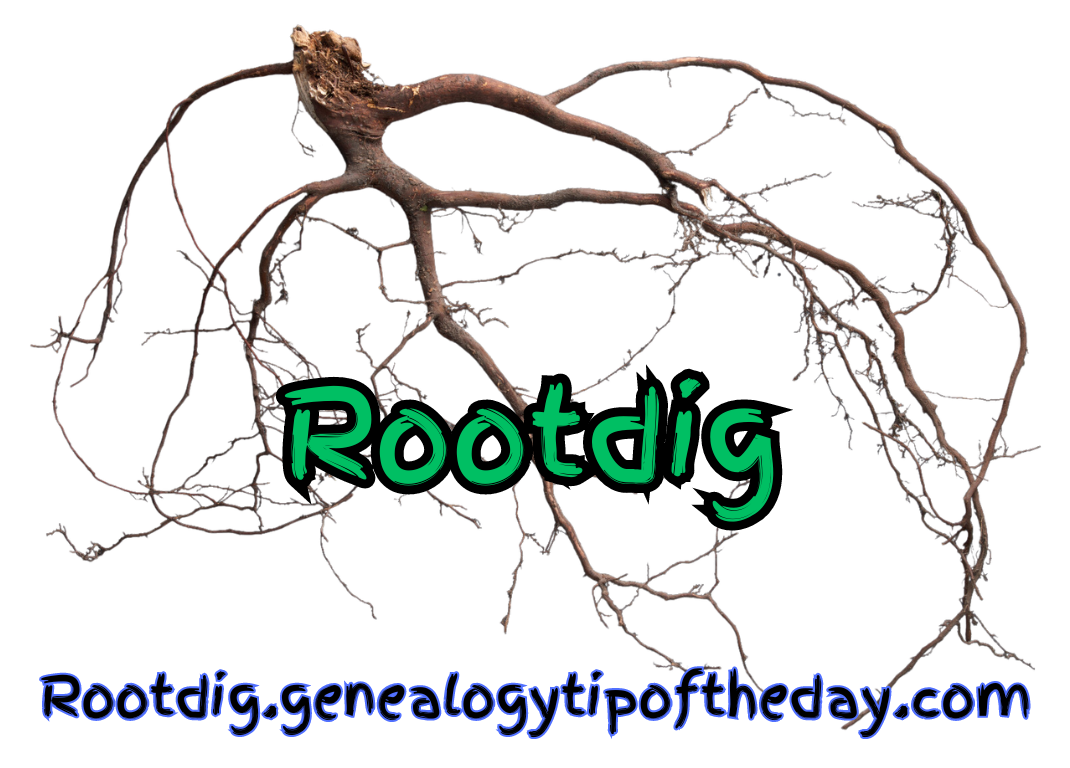
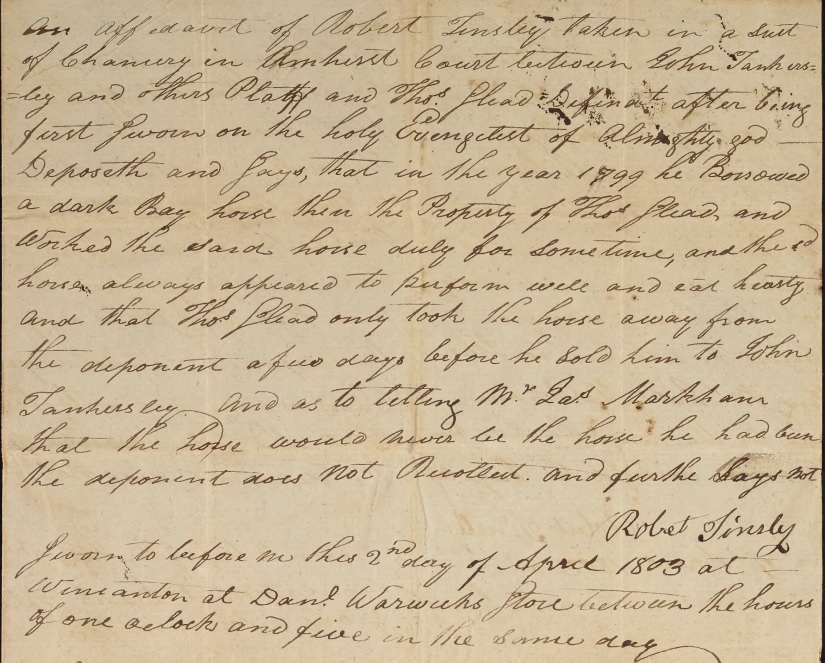
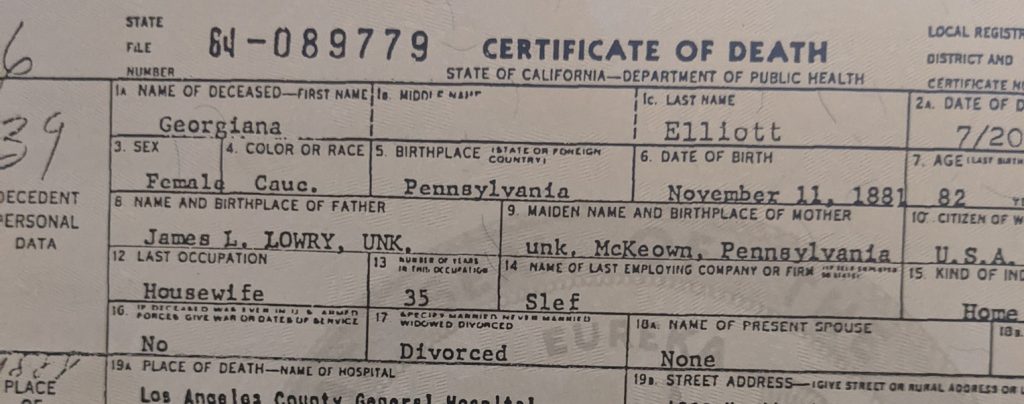
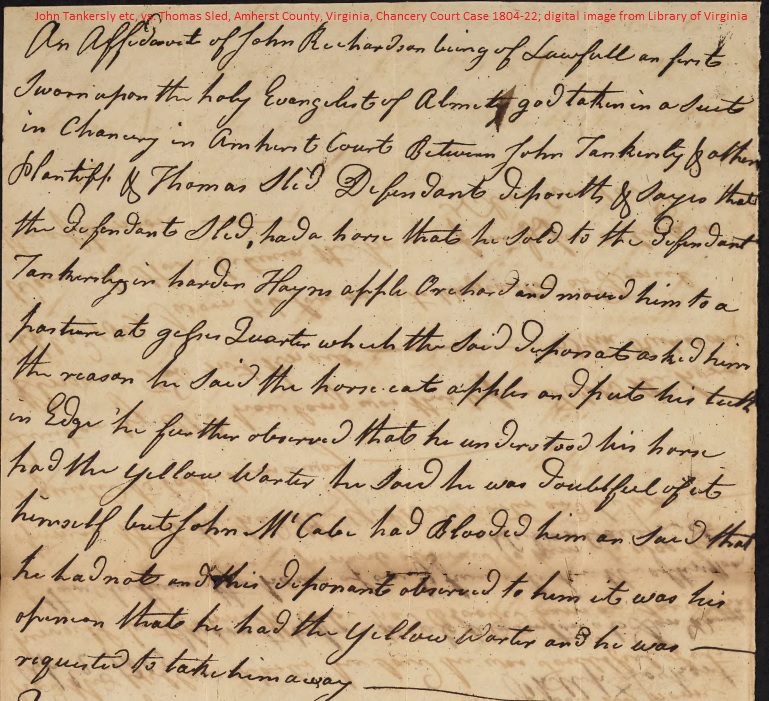
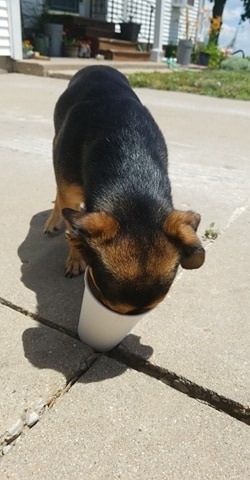
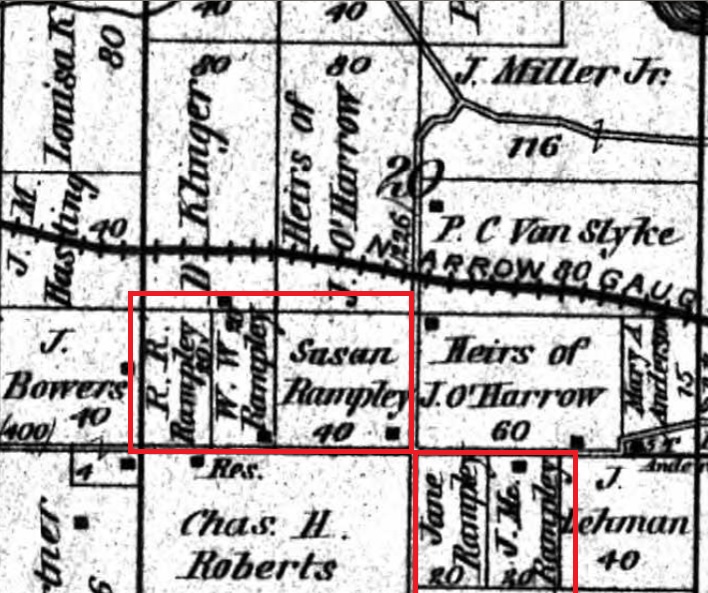
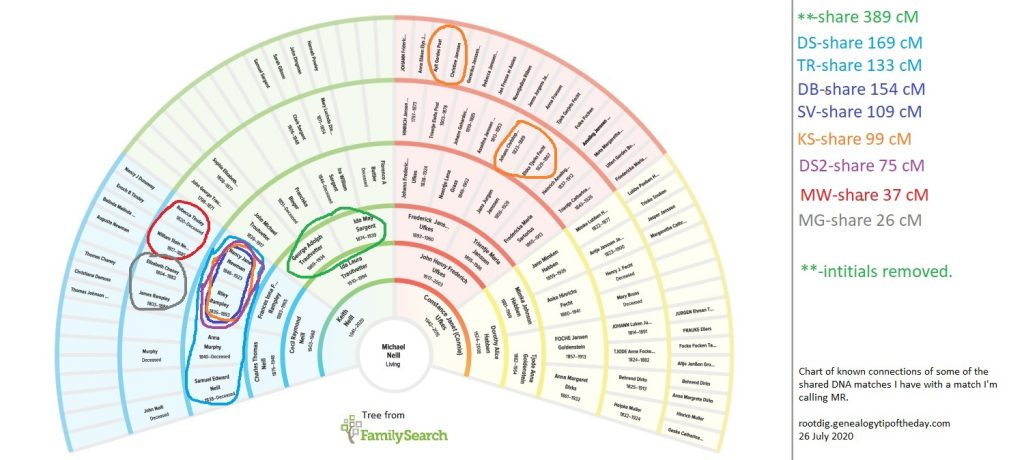
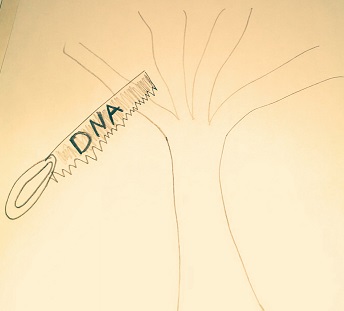
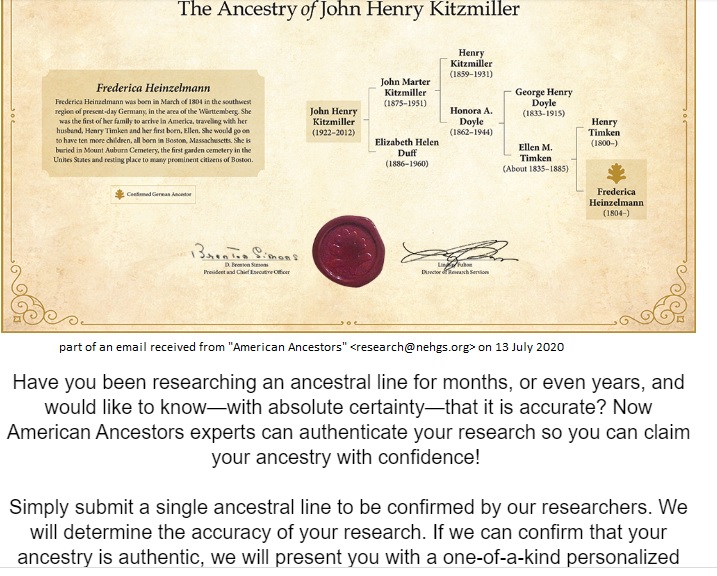

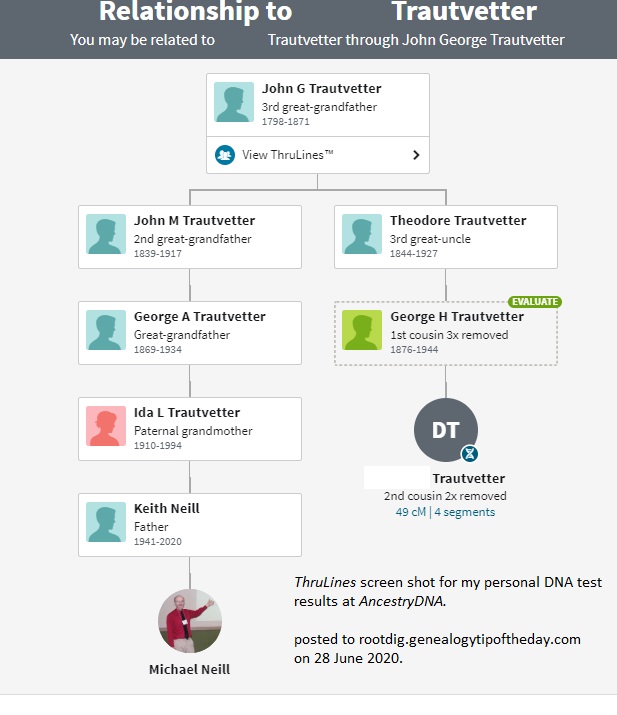
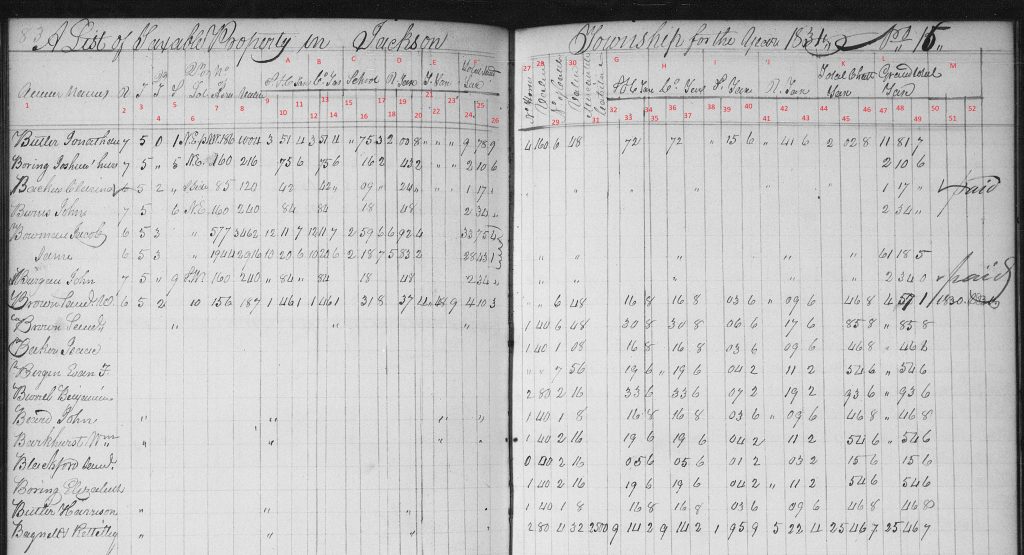
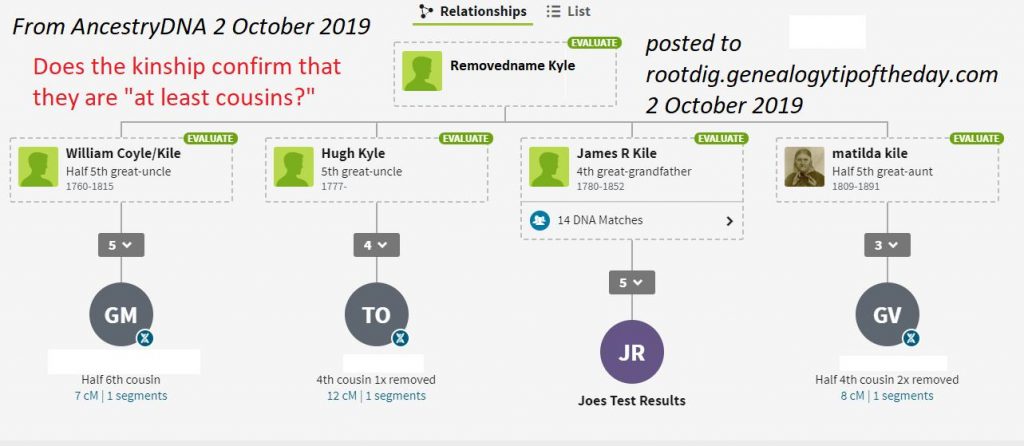

Recent Comments